
Singapore
Singapore’s recent Land Transport Master Plan 2040 is based on shaping the city and its transport systems to achieve 20-minute towns within a 45-min city.
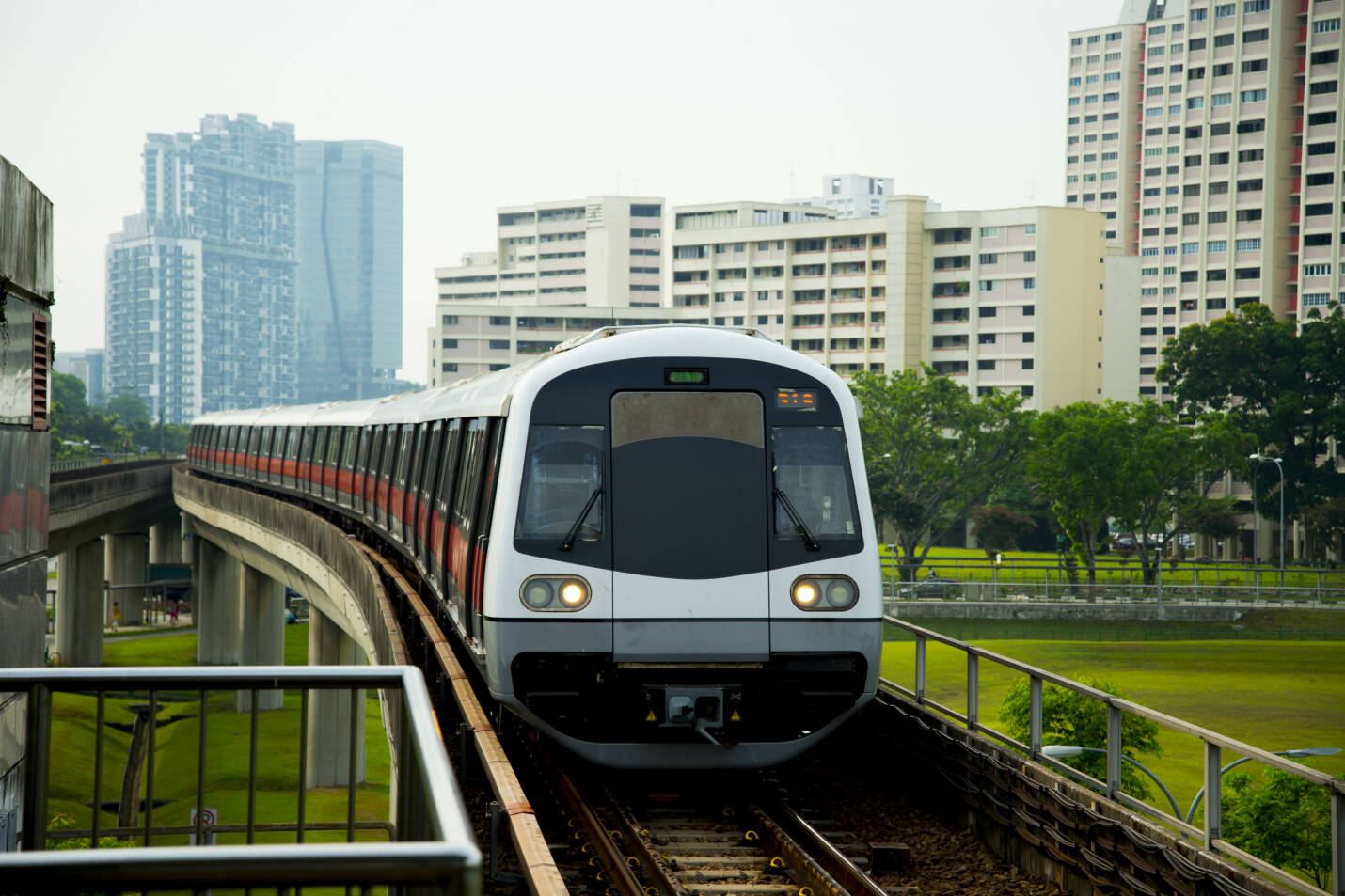

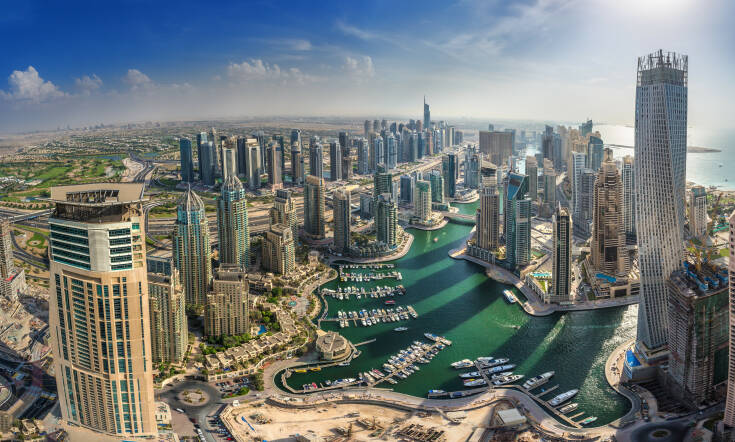
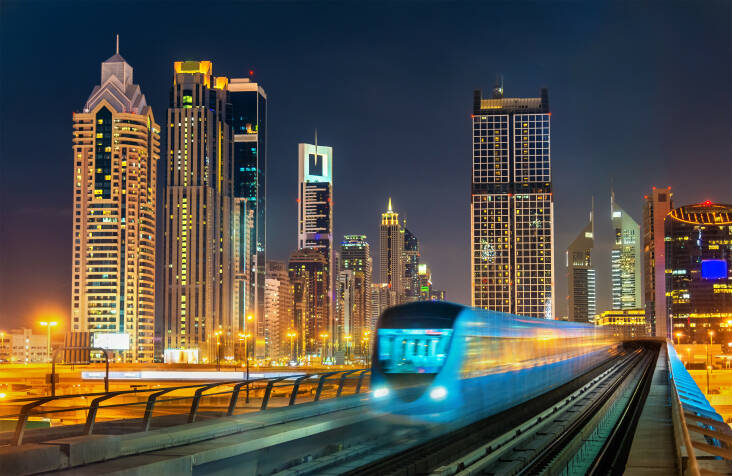
Dubai
The principles of a happy city and 20-min city are very similar and Dubai’s 'Happy City’ plan aims to meet the needs of a fast-growing population and economy.
Currently, Dubai has a fragmented urban fabric with low levels of walkability and high dependency on private vehicles. The Dubai Plan 2021 aims to create an inclusive city in line with the needs and perspectives of its inhabitants.
Specifically, Dubai seeks to balance the need to enhance the liveability and quality of its urban fabric to enhance quality of life, while maintaining a high performing, efficient road and transport system.

Barcelona
In 2016 Barcelona introduced the superblock model, neighbourhoods of nine blocks, where traffic is restricted to major roads around the outside, opening up entire groups of streets to pedestrians and cyclists.
A study by Barcelona Institute for Global Health estimated that if, as planned, 503 potential superblocks are realised across the city, journeys by private vehicle would fall by 230,000 a week, as people switch to public transport, walking or cycling.
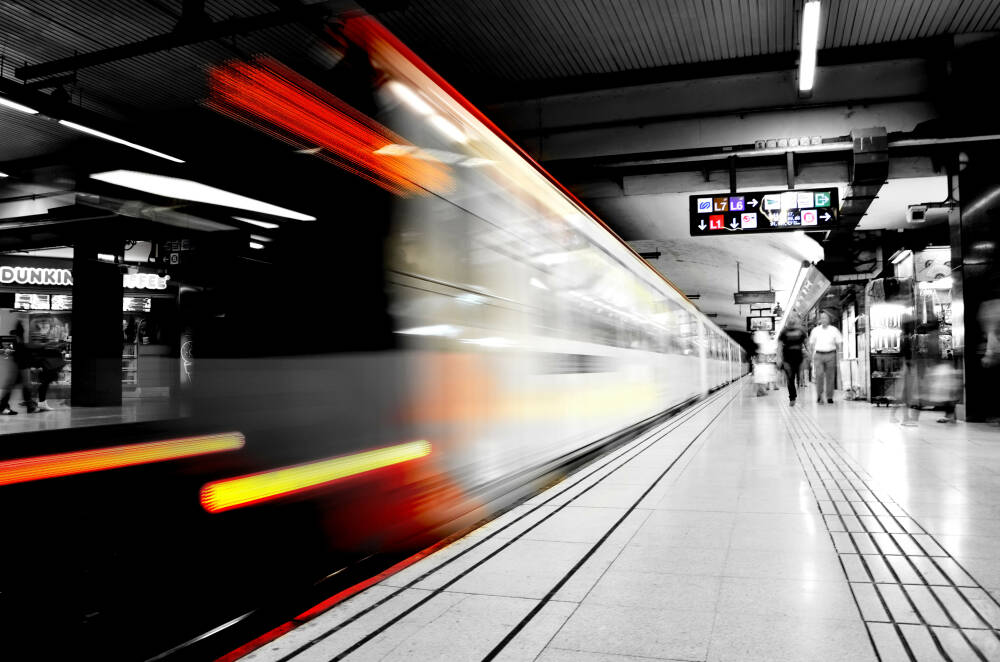

Sydney
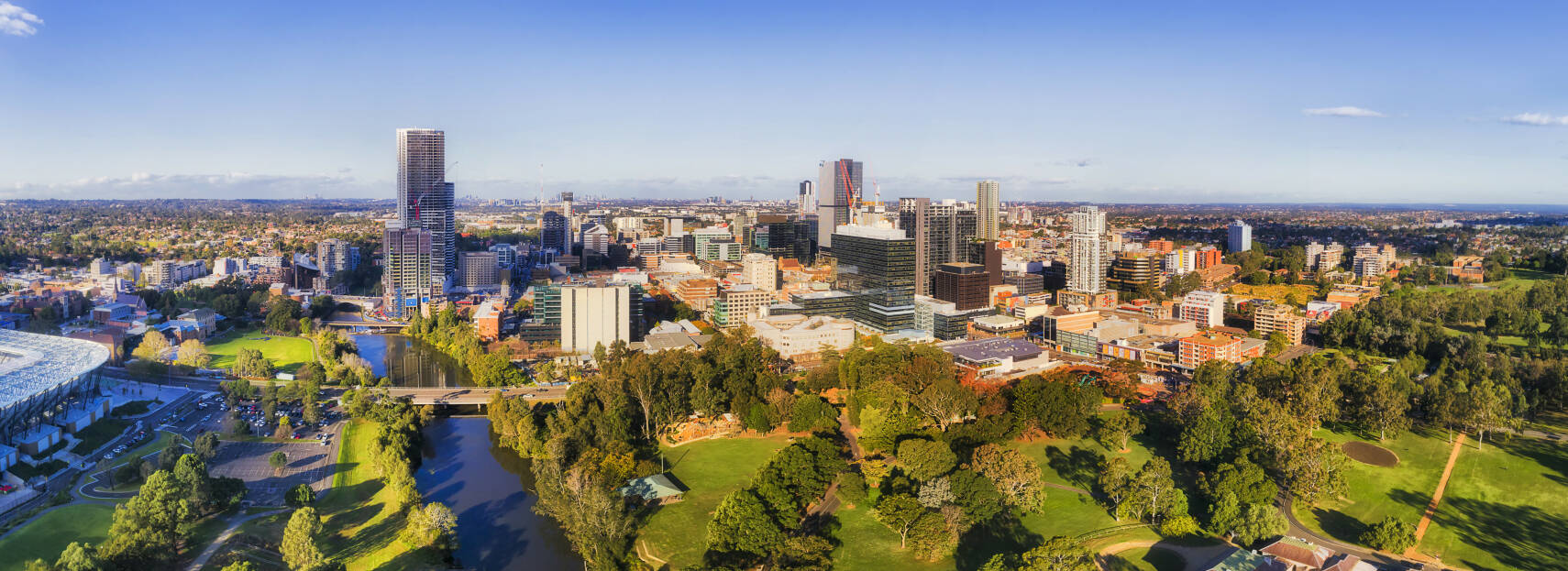
The Greater Sydney Region Plan: A Metropolis of Three Cities defines three CBDs and 40 other strategic centres. Its vision is a city where most people live within 30-min of their jobs, schools, health facilities, other services and leisure destinations.
WSP experts in Sydney have played a key role in the shaping of the Parramatta CBD – the second largest in Sydney – as part of the light rail project.
We identified the growth potential of corridors and centres for jobs and housing as well as opportunities for improved access to land uses such as health, education, recreation and social housing.

Melbourne

Plan Melbourne 2017–2050 is the Victorian Government’s long-term planning strategy, guiding the way the city will grow and change to 2050.
Plan Melbourne is supported by the principle of 20-min neighbourhoods. The 20-min neighbourhood is all about ‘living locally’— giving people the ability to meet most of their daily needs within a 20-min return walk from home, with access to safe cycling and local transport options.

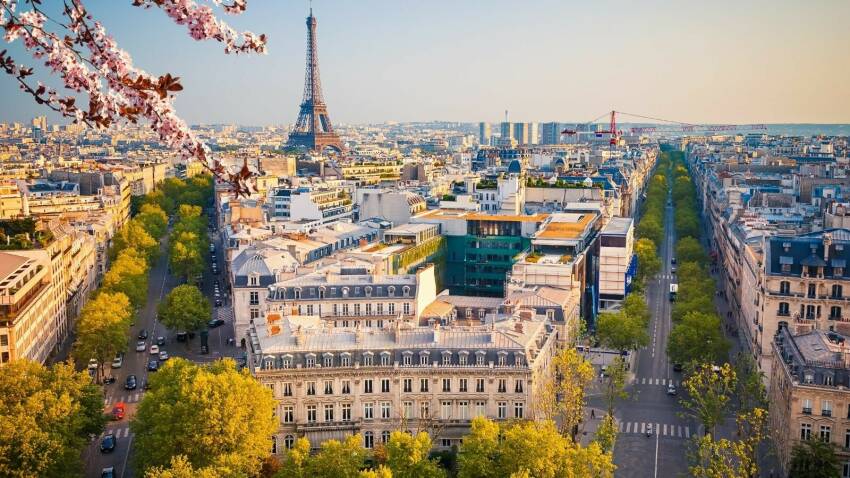

Paris
In 2020 the mayor of Paris, Anne Hidalgo, announced ambitious plans to make Paris a 15-min city. The plan includes continuing pedestrianisation of the city, to have a bike lane in every street by 2024 and remove 60,000 parking spaces for private cars.
Main roads through Paris will be inaccessible to motor vehicles, “children streets” will be created next to schools for term time, and the schools turned over to local residents during weekends and holidays.
Paris is also undertaking the largest transport project in Europe. Grand Paris Express and is a fundamental rethink, redesign and focus on the public transport network on the scale of the metropolitan area.
The purpose is to avail Grand Paris with multimodal transport solutions, more integrated transport services, hence supporting a model of polycentric development.

London
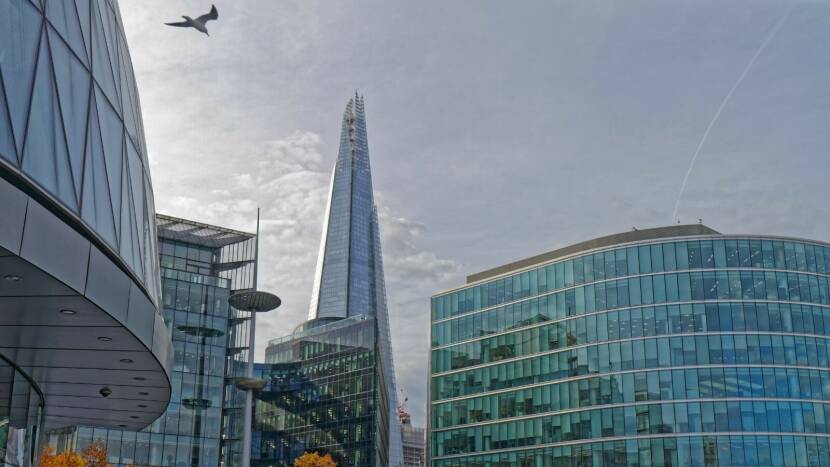
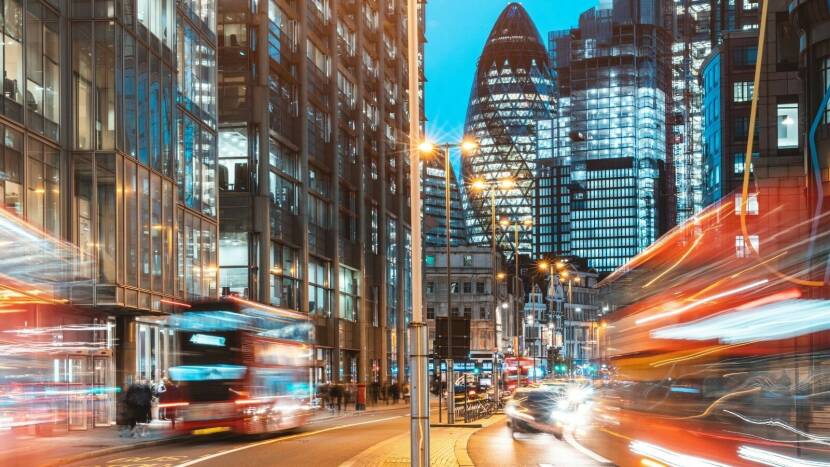
WSP supported the London Borough of Hammersmith and Fulham’s (LBHF) submission to the Greater London Authority Future Neighbourhood 2030 programme. This included the development of a sustainability strategy and a number of exemplar projects within selected neighbourhoods.
The Future Neighbourhoods 2030 programme is an opportunity to build on current project successes to date, and propose other projects that can mitigate the impacts of climate change and improve air quality, along with other outcomes. WSP worked closely with LBHF to develop a compelling funding proposal and identified a variety of innovative and low-carbon projects to assist council in reaching its net zero targets.










Barcelona
In 2016 Barcelona introduced the superblock model, neighbourhoods of nine blocks, where traffic is restricted to major roads around the outside, opening up entire groups of streets to pedestrians and cyclists.
A study by Barcelona Institute for Global Health estimated that if, as planned, 503 potential superblocks are realised across the city, journeys by private vehicle would fall by 230,000 a week, as people switch to public transport, walking or cycling.
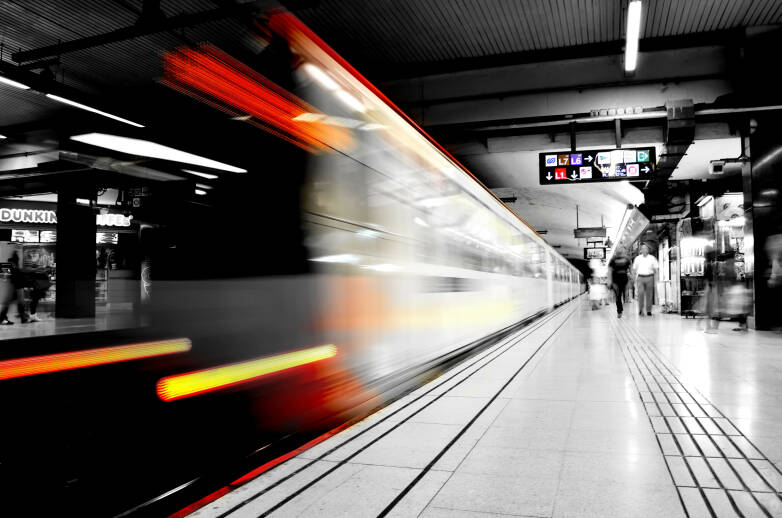

Paris

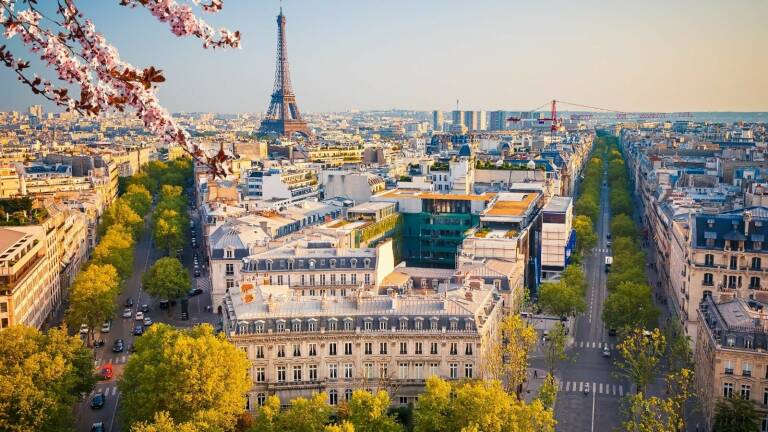
In 2020 the mayor of Paris, Anne Hidalgo, announced ambitious plans to make Paris a 15-min city. The plan includes continuing pedestrianisation of the city, to have a bike lane in every street by 2024 and remove 60,000 parking spaces for private cars.
Main roads through Paris will be inaccessible to motor vehicles, “children streets” will be created next to schools for term time, and the schools turned over to local residents during weekends and holidays.
Paris is also undertaking the largest transport project in Europe. Grand Paris Express and is a fundamental rethink, redesign and focus on the public transport network on the scale of the metropolitan area.
The purpose is to avail Grand Paris with multimodal transport solutions, more integrated transport services, hence supporting a model of polycentric development.

Singapore
Singapore’s recent Land Transport Master Plan 2040 is based on shaping the city and its transport systems to achieve 20-minute towns within a 45-min city.
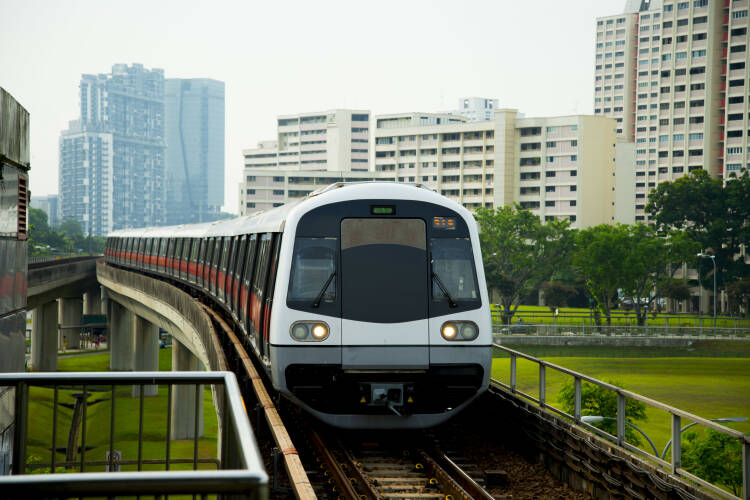

WSP supported the London Borough of Hammersmith and Fulham’s (LBHF) submission to the Greater London Authority Future Neighbourhood 2030 programme. This included the development of a sustainability strategy and a number of exemplar projects within selected neighbourhoods.
The Future Neighbourhoods 2030 programme is an opportunity to build on current project successes to date, and propose other projects that can mitigate the impacts of climate change and improve air quality, along with other outcomes. WSP worked closely with LBHF to develop a compelling funding proposal and identified a variety of innovative and low-carbon projects to assist council in reaching its net zero targets.
London
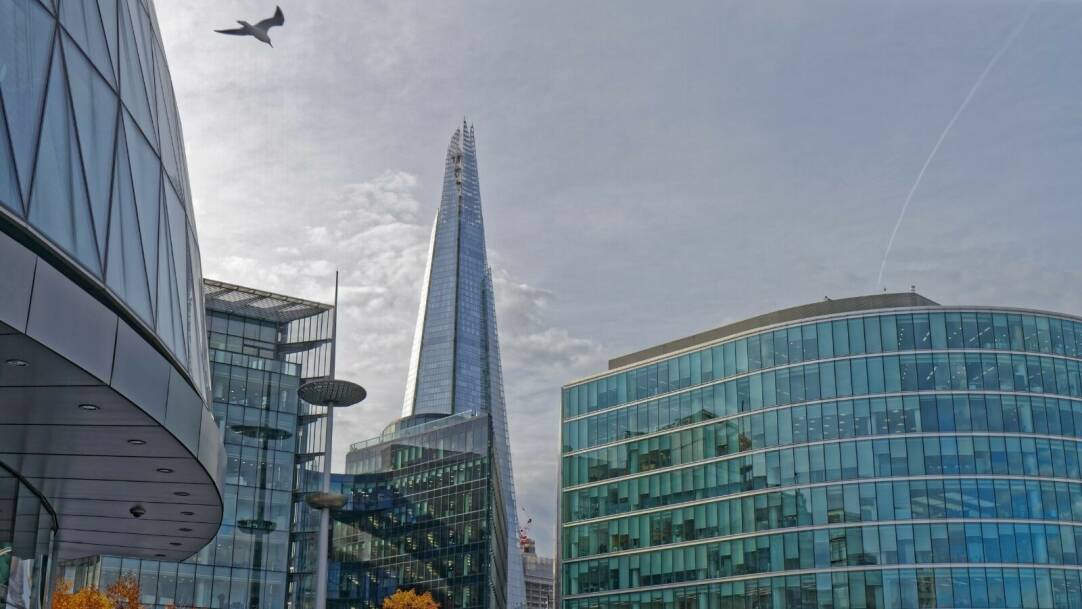
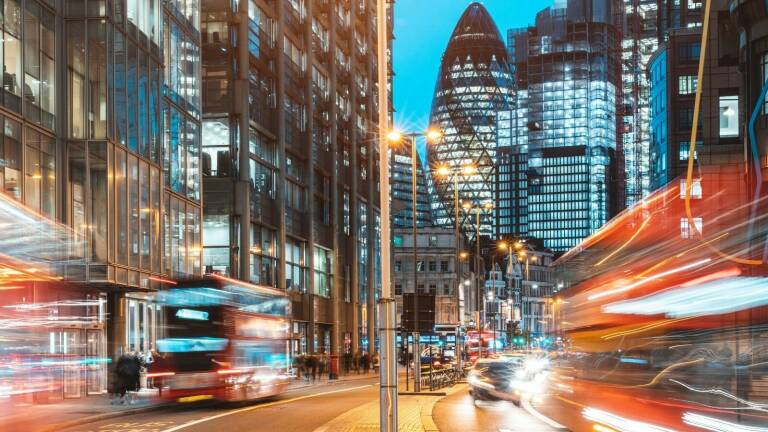

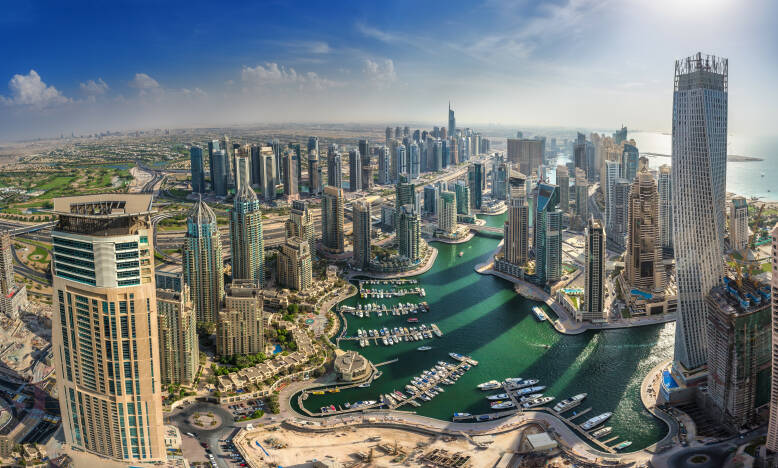
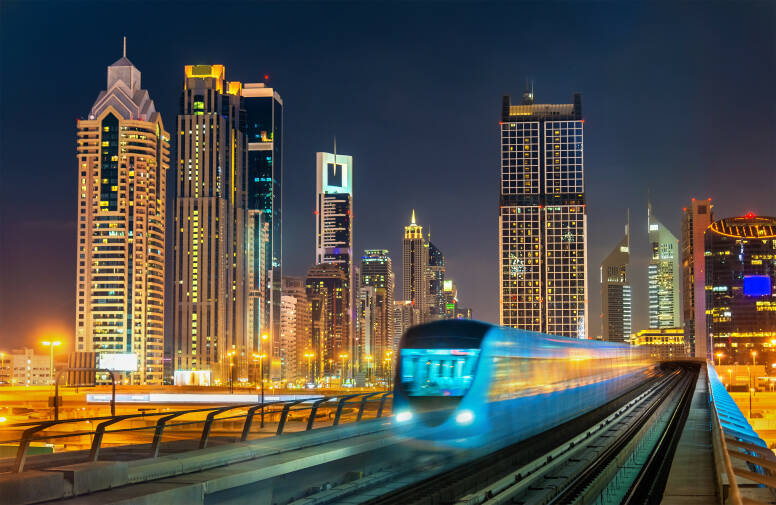
Dubai
The principles of a happy city and 20-min city are very similar and Dubai’s 'Happy City’ plan aims to meet the needs of a fast-growing population and economy.
Currently, Dubai has a fragmented urban fabric with low levels of walkability and high dependency on private vehicles. The Dubai Plan 2021 aims to create an inclusive city in line with the needs and perspectives of its inhabitants.
Specifically, Dubai seeks to balance the need to enhance the liveability and quality of its urban fabric to enhance the quality of life, while maintaining a high-performing, efficient road and transport system.

Melbourne
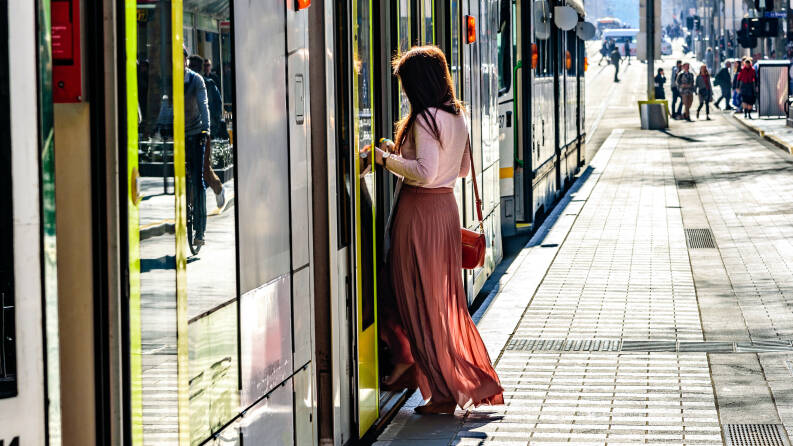
Plan Melbourne 2017–2050 is the Victorian Government’s long-term planning strategy, guiding the way the city will grow and change to 2050.
Plan Melbourne is supported by the principle of 20-min neighbourhoods. The 20-min neighbourhood is all about ‘living locally’— giving people the ability to meet most of their daily needs within a 20-min return walk from home, with access to safe cycling and local transport options.

Sydney
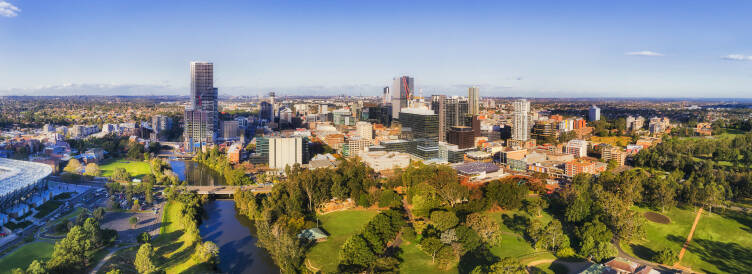
The Greater Sydney Region Plan: A Metropolis of Three Cities defines three CBDs and 40 other strategic centres. Its vision is a city where most people live within 30-min of their jobs, schools, health facilities, other services and leisure destinations.
WSP experts in Sydney have played a key role in the shaping of the Parramatta CBD – the second largest in Sydney – as part of the light rail project.
We identified the growth potential of corridors and centres for jobs and housing as well as opportunities for improved access to land uses such as health, education, recreation and social housing.








